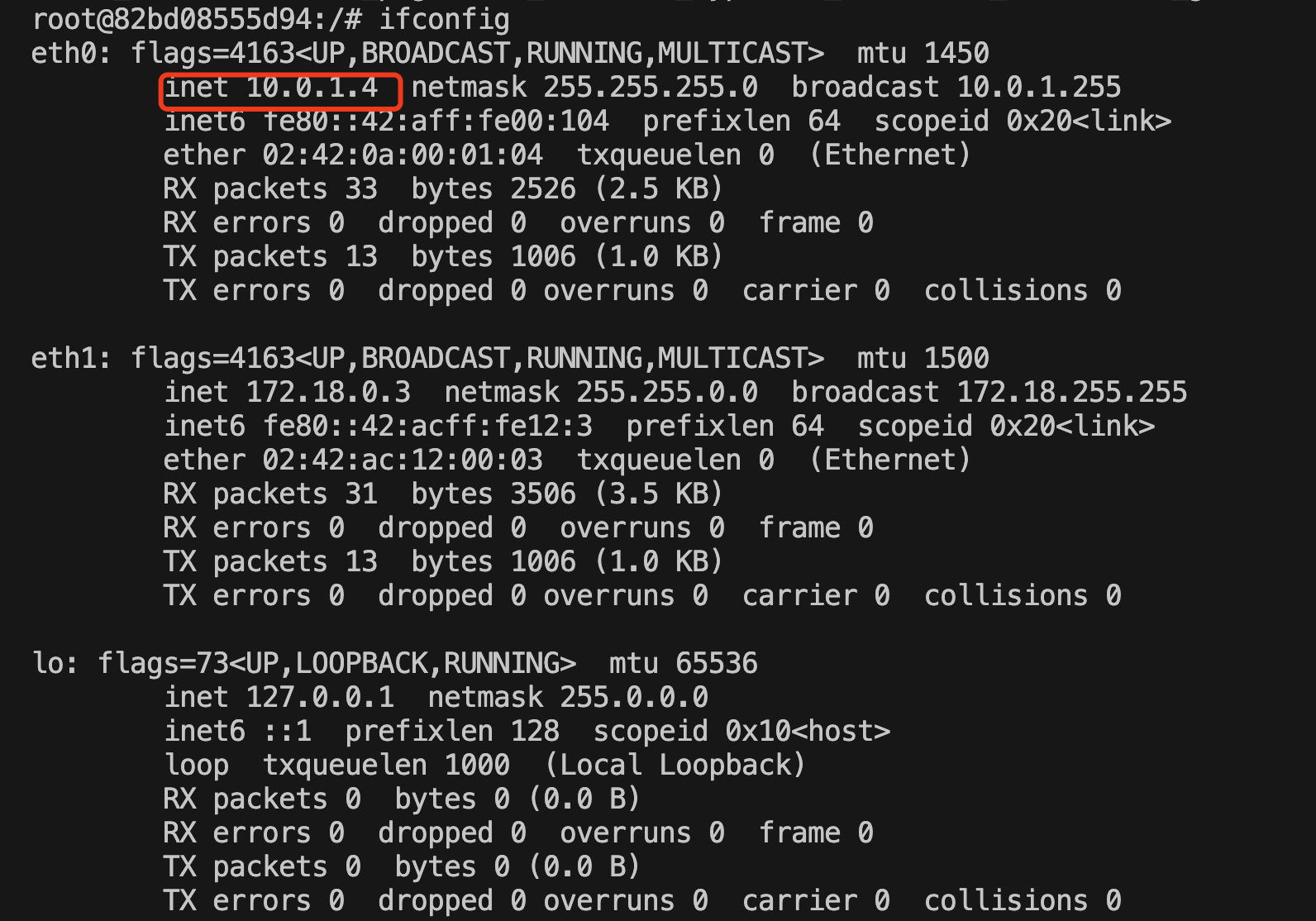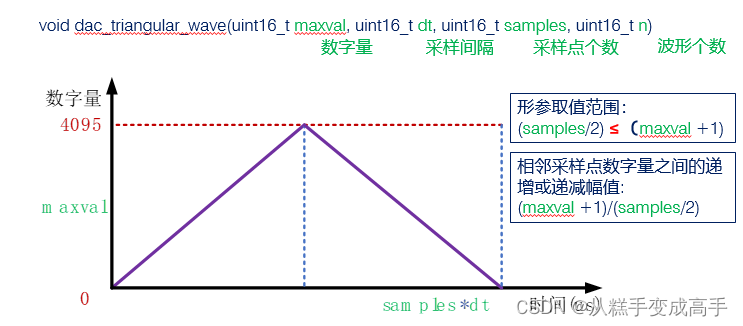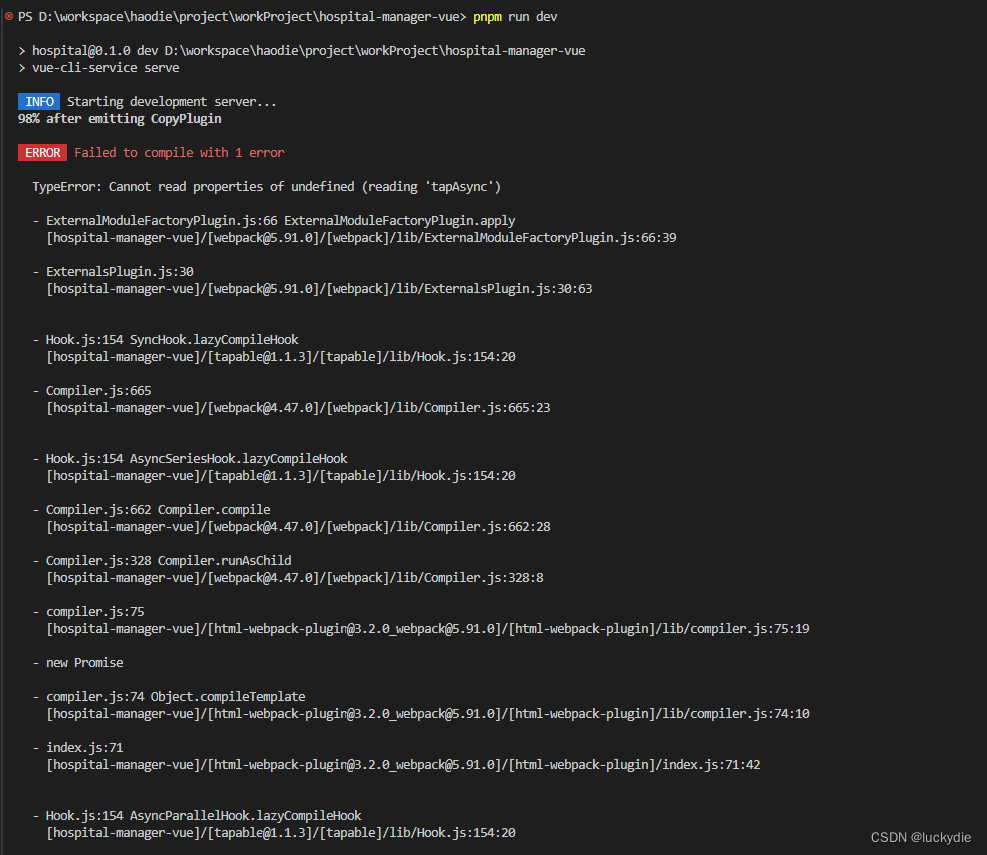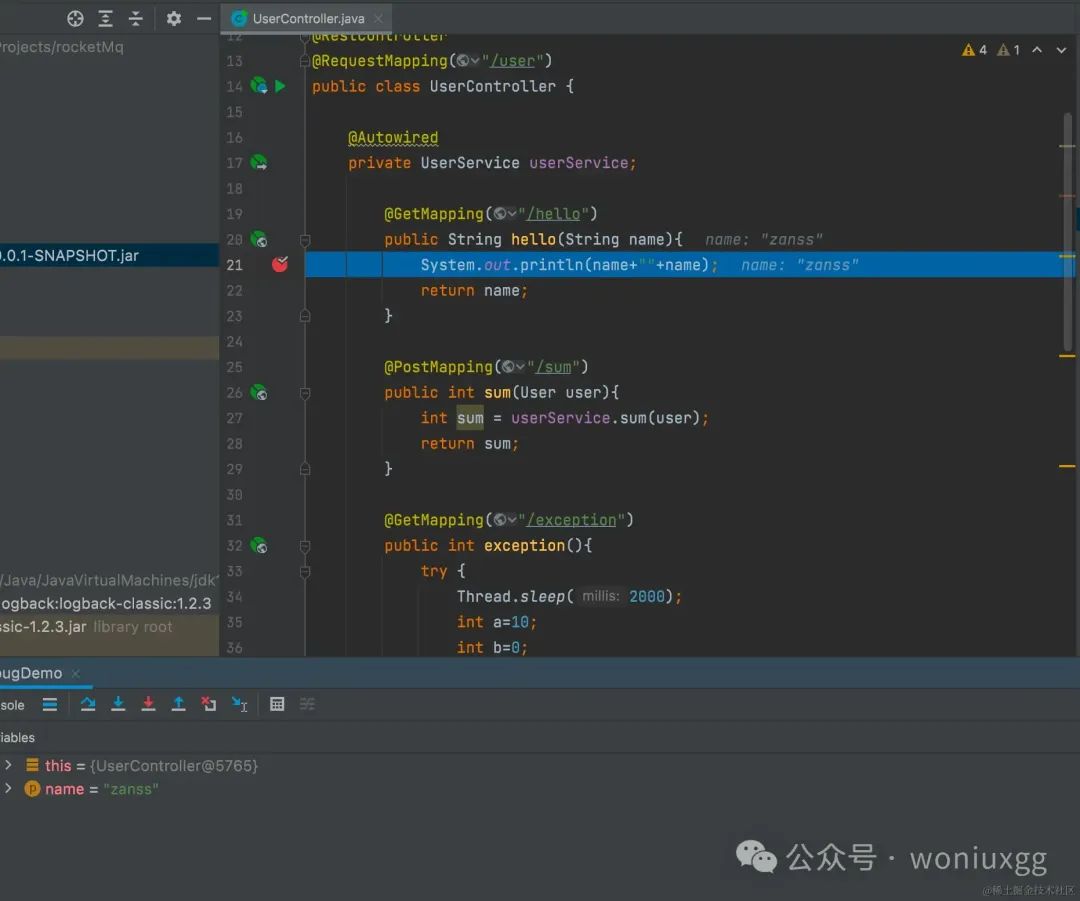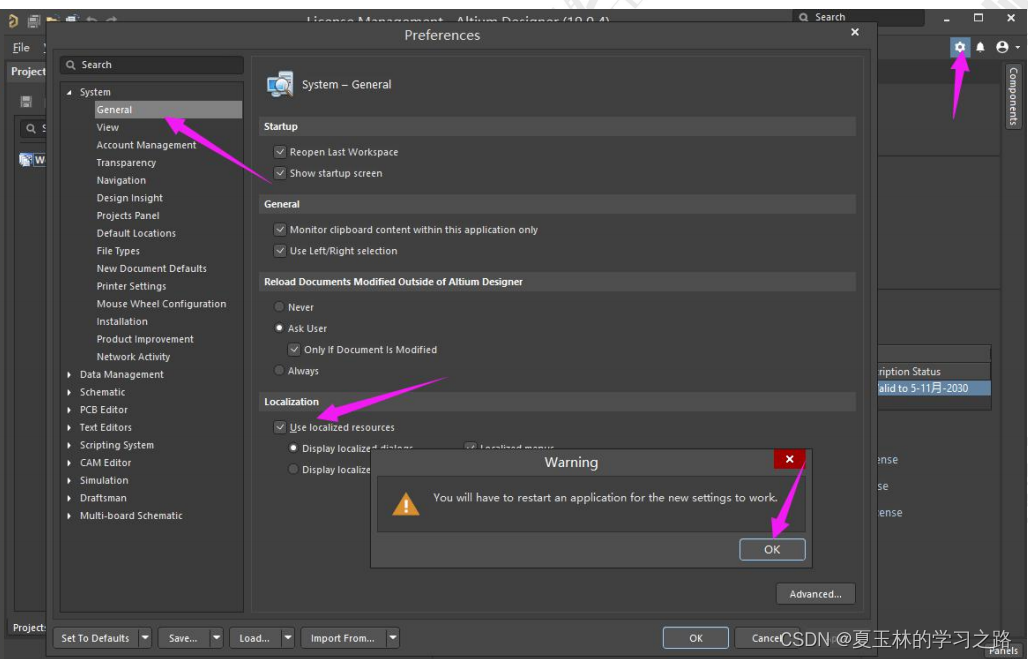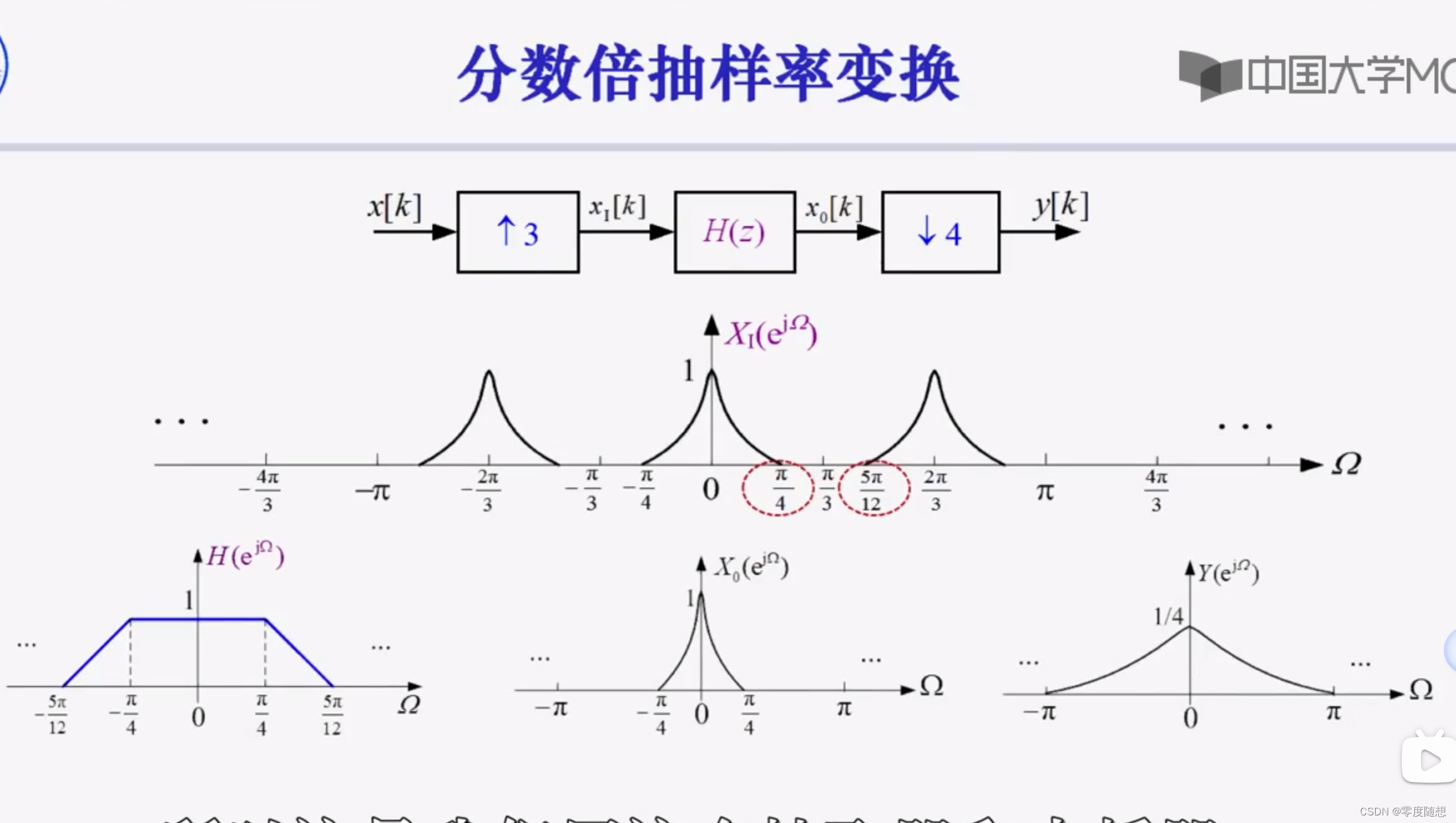java实现发送邮件
在做聊天室项目的时候,由于需要发送邮箱验证码,所以自己查找了这方面的内容。
首先需要在Maven里面依赖
<dependency>
<groupId>com.sun.mail</groupId>
<artifactId>javax.mail</artifactId>
<version>1.6.2</version>
</dependency>位置大体如下
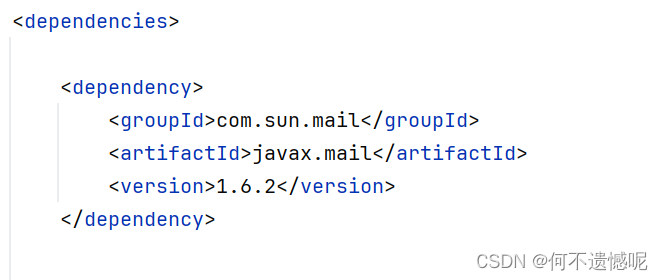
再点击

发送邮件以QQ邮箱举例
首先要开通SMTP服务,先进入qq邮箱。
找到设置

找到常规

找到第三方服务开通即可

我这里已经开通
更新一下。
然后就可以定义一个发消息的类,发送消息直接调用里面的方法,
package com.djj.social.tool;
import javax.mail.*;
import javax.mail.internet.InternetAddress;
import javax.mail.internet.MimeMessage;
import java.util.Date;
import java.util.Properties;
import java.util.Random;
public class MailSend {
private static MimeMessage message;
private static String m;
public static void sendEmail(String to) throws MessagingException {
final String SSL_FACTORY = "javax.net.ssl.SSLSocketFactory";
// QQ邮箱服务器
String smtpHost = "smtp.qq.com";
// 邮箱用户名,即QQ账号(自定义)
final String username = "xxxxxxxxxxxx";
// 邮箱授权码(自定义)
final String password = "xxxxxxxxxxx";//开通SMTP会得到一个授权码,代替里面的x即可
// 自己的邮箱(自定义)
final String from = "xxxxxxxxxx@qq.com";
// 要发送的邮箱地址(自定义)
String toAddress = to;
Transport transport;
Properties props = new Properties();
props.setProperty("mail.smtp.socketFactory.class", SSL_FACTORY);
props.setProperty("mail.smtp.socketFactory.fallback", "false");
props.setProperty("mail.smtp.port", "465");
props.setProperty("mail.smtp.socketFactory.port", "465");
props.setProperty("mail.smtp.auth", "true");
props.put("mail.smtp.host", smtpHost);
props.put("mail.smtp.username", username);
props.put("mail.smtp.password", password);
Session session = Session.getDefaultInstance(props, new Authenticator() {
protected PasswordAuthentication getPasswordAuthentication() {
return new PasswordAuthentication(username, password);
}
});
InternetAddress[] addresses = {new InternetAddress(toAddress)};
message = new MimeMessage(session);
message.setFrom(new InternetAddress(from));
message.setRecipients(Message.RecipientType.TO, addresses);
message.setSubject("验证码");// 发送标题(自定义)
message.setSentDate(new Date());
m=generateVerificationCode(5);//验证码的长度
System.out.println(m);
message.setText(m);// 发送内容(自定义)
transport = session.getTransport("smtp");
transport.connect(smtpHost, username, password);
transport.send(message);
System.out.println("Email has been sent");
transport.close();
}
public static boolean judge(String s){
if(m.equals(s)){
return true;
}else{
return false;
}
}
private static String generateVerificationCode(int length) {
String charSet = "ABCDEFGHIJKLMNOPQRSTUVWXYZ0123456789";
StringBuilder verificationCode = new StringBuilder();
Random random = new Random();
for (int i = 0; i < length; i++) {
verificationCode.append(charSet.charAt(random.nextInt(charSet.length())));
}
return verificationCode.toString();
}
}里面的judge方法用于判断输入的验证码是否正确,sendEmail方法用于发送邮件。
使用方式如下:
package com.djj.social.demo;
import com.djj.social.tool.MailSend;
import javax.mail.MessagingException;
public class test {
public static void main(String[] args) throws MessagingException {
MailSend.sendEmail("xxxxxxxxxx@qq.com");
String yzm="XXXXXXX";//这个为输入的验证码
if(MailSend.judge(yzm)==true)
{
System.out.println("验证码正确");
}
else
{
System.out.println("验证码错误");
}
}
}



